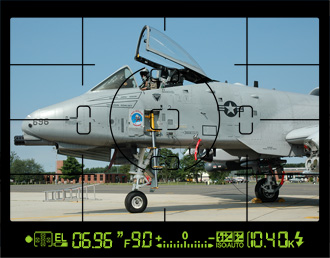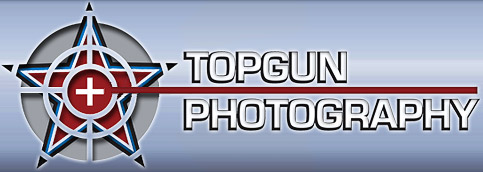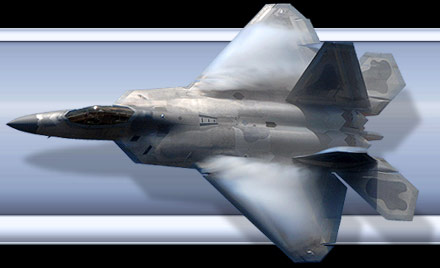104th FW Ramp Visit - Barnes ANGB, Westfield MA

104th FW Ramp Visit
Barnes ANGB, Westfield MA
7/20/2006
The 104th Fighter Wing was created back in 1947 flying the P-47 Thunderbolt I. In 1951 they made the transition to the P-51 Mustang, to the F-94A-C in 54-58. In 1958 they switched to the F-86H Sabrejet, then to the F-84 Thunderstreak in 71 before switching to the F-100D Supersabre. They made the change to the A-10 Thunderbolt II in 1979 and have been flying it ever since.
I was invited to spend the day with MSGT Billy Midwood, a crew chief for the 104th. I arrived just before 7am so I could be apart of the morning crew chief meeting. This is where they go over the schedule of aircraft flying, where they are flying to, and if there are any maintenance discrepancies with each aircraft. After the briefing for the aircraft, which are flying, they also go over the crew assignments and maintenance discrepancies for the aircraft that are not flying.
We walked out to the ramp around 7:45 to preflight the aircraft for 9:30 launch. The 2 aircraft would go to the FOL, the range in NY at Ft Drum and 2 other jets would practice at "Yankee" which is airspace over the Northern New Hampshire mountain range. Billy's aircraft is 78-696 and he has one of the aircraft headed to the FOL for the day. Shortly after we started to preflight the jet, a weapons load crew came out to load the aircraft with rockets and some BDU's (practice bombs) for the range. After 696 was loaded, the weapons load crew moved onto the other aircraft that was going to the FOL while Billy did his preflight on 696.
Another process that is done each morning during preflight is when engine shop brings out their computer and plugs into the UDU (umbilical display unit) in the nose landing gear wheel well. After each jet is downloaded, engine shop personnel bring the computer back to the shop and upload the information taken from each jet and analyze the data for any possible problems with the engines on each jet. A different process before the aircraft launch is when avionics checks each aircraft and presets their frequencies for that day.
A fuel truck comes in to fill up each aircraft that is going to fly the morning launch. Since I can't be around the aircraft while this is being done, I walk the flight line to take some shots of the other crews prepping their aircraft for that days sortie. It's around 9am and the pilots start to walk out for the FOL aircraft. The pilots walk around with the crew chief to make sure everything is fine with the aircraft. The pilots climb into their aircraft, start up the APU and engines and go through the launch procedure checks while in communication with their crew chief from their headset and communication cord, which is plugged into the aircraft.
Once the launch checks are complete the crew chiefs unplug their communication cord and pull the wheel chalks so the aircraft can taxi to the end of runway. Here the weapons unit will make sure everything is fastened correctly and remove the safety pins from the munitions the jet is carrying. Once they have checked each aircraft, the EOR crew chiefs perform a quick inspection and walk around of each aircraft prior to take off.
After all the launches we killed some time before the two local flights would be back and needed to be recovered. We had lunch and watched their ritual, "The Price is Right", and these men could put most women to shame knowing the cost of certain items. Billy brought me into maintenance hanger to check out some of the aircraft under repair. One aircraft was totally being stripped for phase inspection, which is necessary after 400 flight hours. Another aircraft was up on aircraft jacks having the landing gear ops checked. This was pretty cool as they were testing this as I watched. Two other aircraft were parked strategically there as well. After this hangar we went to the corrosion hangar where they wash the aircraft by hand to get the gun gas and other contaminants off the aircraft. Next to this hangar was Billy's aircraft, 166 in the fuels hanger that had an issue with leaking fuel and was waiting for parts so it could fly to depot for further maintenance.
It was now time for the afternoon launch. We made our way back out to the ramp to launch a single 2 ship. This time I was paired up with SSGT Mark Mangini, who was crew chief of 78-612 for the day. They allowed me to be plug in and listen to the launch through my headset and hear the pilot go through launch procedures and checks with the crew chief. It's amazing how smooth everything goes as they check all the flaps, speed brakes, ailerons, elevator, rudders, brakes, slats and other systems.
I watch close by as the afternoon 2 ship launched and shortly after the FOL 2 ship returned. Once Billy's aircraft was chocked, pinned, and shut down, he did his post flight inspection of the aircraft and then covered up the jet for the day and went into the crew chief room for his aircraft forms and computer work for the jet. It was time for my 2.5 hr drive back to NH. I couldn't thank MSGT Midwood enough for his hospitality of spending the day with him on the ramp, and sharing the freeze pops with him and the other crew chiefs. It was a great experience to see behind the scenes of how the other men and women work to keep these aircraft in the sky.
Starting in Spring 07, the 104th will convert to the F-15C's coming from the 102nd FW of Otis ANGB Cape Cod, MA. Due to BRAC recommendations, the 103rd and 104th Fighter Wings will send their A-10s to Fort Smith AR. I will truly miss seeing the A-10 in the local skies. Pease, my home airport, is a common stop in which I get to see them often.
Many thanks to the men and women of the 104th FW, and especially MSGT Midwood for arranging this base visit.
















































